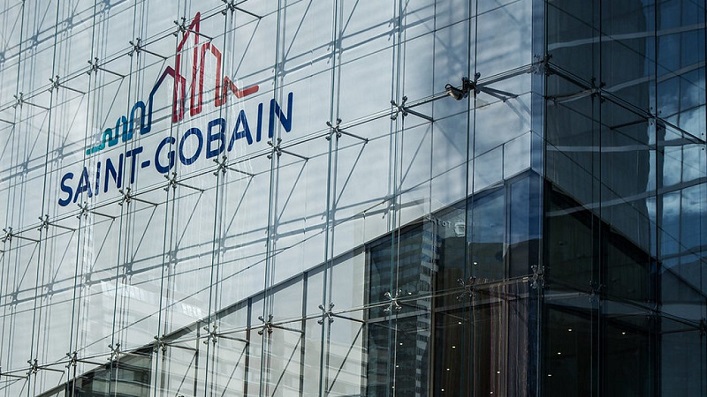At FinancialMediaGuide, we observe that French industrial giant Saint-Gobain has unveiled an ambitious 2026–2030 strategy, allocating around €12 billion ($14 billion) for business growth through investments and mergers and acquisitions. Another €8 billion will go toward shareholder returns – €6 billion in dividends and €2 billion in share buybacks. This large-scale initiative underscores the company’s determination to strengthen its foothold in the global market for construction and sustainable materials.
We at FinancialMediaGuide note that Saint-Gobain is undergoing a profound business model transformation – from a traditional materials manufacturer to a technological integrator in sustainable construction. The company’s main focus will be on North America, Asia, and emerging markets, which are expected to generate up to 60% of total revenue by the end of the decade (compared to about 50% today). This signals a strategic pivot toward regions with robust demand for infrastructure and green building solutions.
Saint-Gobain also raised its financial targets for the next four years. The company now aims for an EBITDA margin of 15–18%, up from 13–15% in the previous strategic cycle, and projects average annual sales growth of 4–6%. We believe these revised targets reflect confidence in Saint-Gobain’s ability to capitalize on technological and energy trends – particularly through innovation in energy-efficient materials and digitalization of production processes.
At FinancialMediaGuide, we emphasize that the company’s balanced capital return policy demonstrates its financial stability and investor discipline. Even amid substantial investments, Saint-Gobain continues to maintain a careful equilibrium between growth and profitability. This measured approach enhances market confidence and supports the group’s valuation despite ongoing global volatility.
Chairman and CEO Benoit Bazin stated that Saint-Gobain plans to expand into high-growth sectors while reinforcing its presence in rapidly developing regions. A key element of the company’s strategy is its ESG focus – cutting emissions, recycling materials, and reducing its overall carbon footprint.
We at FinancialMediaGuide see this shift toward sustainability as a crucial competitive advantage. In today’s market, where investors increasingly evaluate companies based on the resilience of their business models, Saint-Gobain is positioning itself as a benchmark for industrial adaptation to the green economy.
The market reacted positively to the company’s announcement, though analysts warn that successful execution will require strict financial discipline and cost management. If Saint-Gobain achieves its goals, it could boost EBITDA by more than 25% by 2030 and solidify its status as a global leader in sustainable construction.
In our view at FinancialMediaGuide, Saint-Gobain’s long-term strategy exemplifies how a century-old industrial powerhouse can adapt to a changing world – turning challenges into opportunities for growth.













